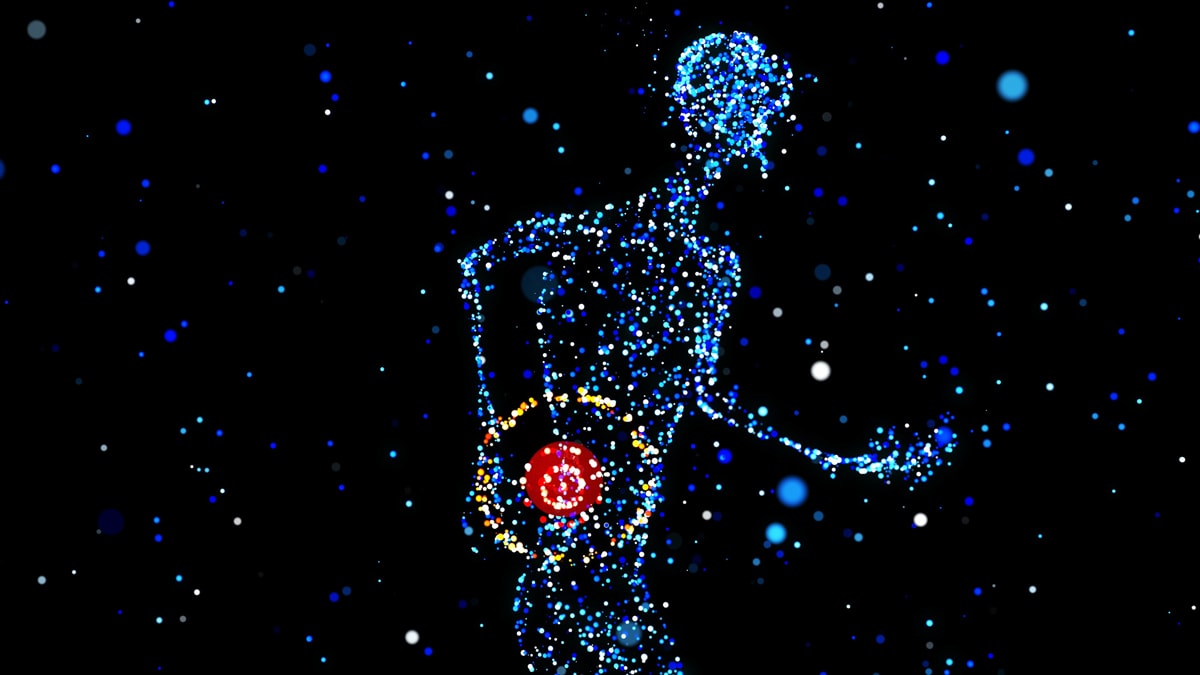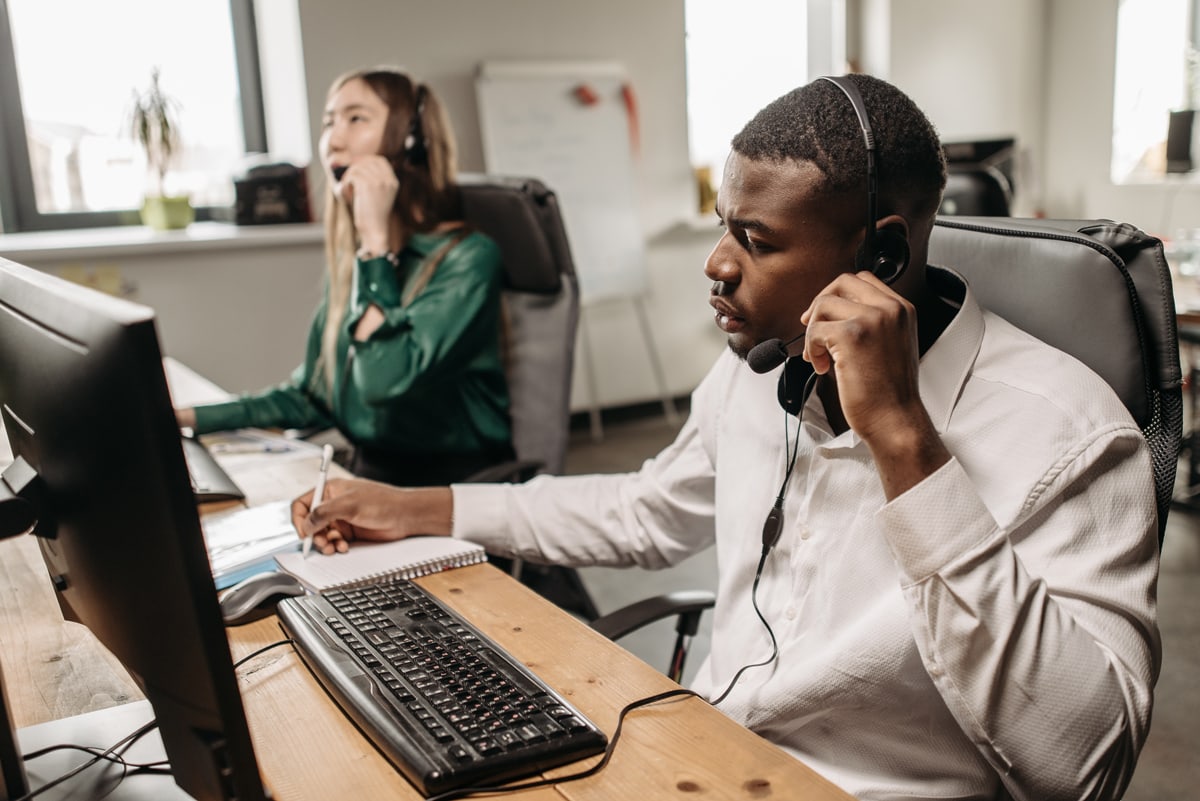“The first principle is that you must not fool yourself and you are the easiest person to fool.” – Richard P. Feynman
I’ve been interested in the benefits of sitting actively for sometime now. Not only does the balanced body alignment encourage by active sitting improve posture, but because sitting actively requires continuous use of the core muscles, it also strengthens postural muscles. Additionally, continuous muscular activity provides a wealth of metabolic benefits that taken together may make our lives not only healthier, but longer as well.
All the above benefits are well established, and have been known for a while now. And they have in common a sort of prophylactic vib; active sitting is something one embraces expecting benefits sometime in the future. It’s the sort of story epidemiologists tell every day; and the sort of story most people ignore every day because, well, later is for later.
But here’s another question: Can active sitting help with acute back pain? This question has come up often, because people in the throes of a low back pain episode are outspoken, and in a hurry to just make the pain stop. We’ve had telephone calls from people so desperate for relief that they asked us to ship an active chair to them immediately. Overnight. Not the usual ‘just buying some office furniture’ scenario.
As a surgeon, I’ve seen many people with low back pain, and unfortunately mainstream medical practice doesn’t have much to offer patients beyond reassurance and perhaps pain medicine to tide them over. This is embarrassing for Western medicine of course, but to be fair I have to add that alternative medicine hasn’t done much better. Mostly the treatment of low back pain is a matter of waiting it out, because almost always things get better eventually, usually in a matter of days or weeks.
I addressed the question of active sitting and acute back pain in an article I wrote a few years ago for a chiropractic journal (Active vs. Passive: The opposite of sitting isn’t standing—it’s moving; Chiropractic Economics, Sept 4, 2018
But now I’m beginning to think I got this wrong.
There is as yet no formal, blinded, peer-reviewed study of active sitting as a treatment for acute low back pain. But we have had dozens of people sending us emails and reviews of our Ariel chair claiming that active sitting fixed their back pain, usually within a few days, and occasionally within a few hours
[WATCH] Seth Laffal: "From the moment I sat in it, they couldn't get me out."
I was certainly not expecting this result. But when new information becomes available science requires that we revise our understanding of the problem. At the moment It’s only a hypothesis, but here’s what may be going on: it may be that people in the throes of acute back pain simply cannot get to a normal, comfortable, spinal configuration because muscle spasm blocks the way. So, caught in an abnormal posture they suffer until the muscles in spasm become exhausted and finally relent, allowing a more normal posture to reassert itself, in effect hitting the “reset button” for the spine’s configuration. But here’s the thing: because active sitting encourages exploration of multiple postures, it’s possible someone “stuck” in a painful posture will be passively led to a more normal, less painful, posture simply by sitting actively. This process could be much quicker, getting people out of pain and back to life without waiting for the cycle of back spasms to exhaust itself.
Is this the correct explanation for what’s going on here? I have no idea. Worse, it troubles me that I personally hope that active sitting will be part of the solution to back pain, because I’ve spent a good deal of time trying to call attention to the other benefits of sitting actively. But, as the Nobel Prize-winning physicist Richard Feynman observed: “The first principle is that you must not fool yourself and you are the easiest person to fool.” It’s hard to be objective when one’s intuition is engaged.
Nevertheless, this explanation does square with the known fact that back pain episodes end more quickly for many people by the simple expedient of active sitting. So certainly an idea worth pursuing.
And, really, this is how science actually proceeds: from an observation, to a hunch, to a study, and possibly, on to become the accepted explanation. An aphorism loved by medical researchers goes like this: “Average doctors learn from books, good doctors learn from their teachers, but great doctors learn from their patients”. And this may be one of those moments when the spontaneous reports from people sitting actively turn out to be the beginning of a better understanding back pain, and perhaps more importantly, what can be done to alleviate back pain.
At the end of the day, research is simply the careful analysis of data, and “data” can come from anywhere. Customers' reports of their experience shouldn’t be given the same weight as data from a double-blind, crossover study, but reports from real life certainly shouldn’t be discounted. Indeed, reports of how a treatment (say, active sitting) works in the real, work-a-day, the world can actually be more representative of the true usefulness of a treatment than results from a perhaps less realistic scenario executed in a lab.
Formally testing the effect of active sitting on acute back pain with a well-designed, placebo-controlled, adequately powered, trial is still in the future. But in the meantime, active sitting may be an avenue worth pursuing for people plagued by recurrent low back pain episodes who are looking for a safe, inexpensive, solution that just might help.
Finally, if you have low back pain issues, please let us know if sitting actively has or hasn’t been helpful. It’s just such real-world experience generously shared by people that will help us better understand where low back pain comes from, and more importantly, how we might shorten, and perhaps eliminate, such episodes.





Leave a comment
All comments are moderated before being published.
This site is protected by hCaptcha and the hCaptcha Privacy Policy and Terms of Service apply.